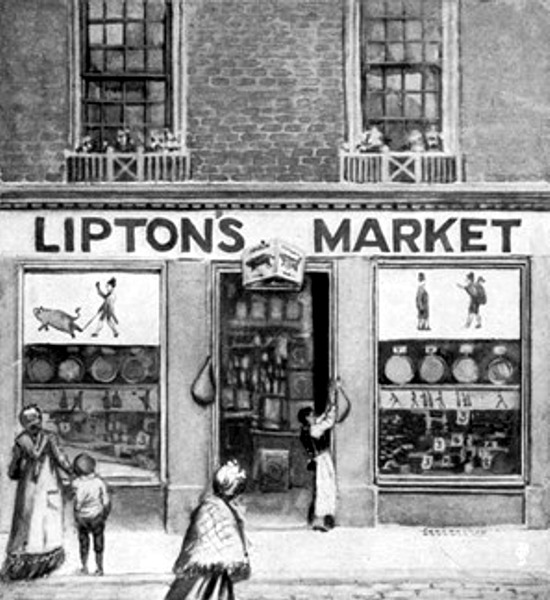Direct from the Tea Gardens to the Tea Pot
Sometime around the year 1000, a Chinese poet named Lu Tung wrote of a drink with a flavor more compelling to contemplate than immortality. Five hundred years later, tea came to continental Europe with dutch traders (D’Antonio, 2010). Today Lipton’s tea has spread to more than 180 countries and become the largest selling tea in the world which controls over 10 percent of the global tea market (D’Antonio, 2010). It is fair to say that many of us have tried Lipton’s tea or came across their marketing strategies and could easily recognize its labeled packages. To understand how this tea company became one of the cornerstones of the tea market it's important to go all the way back and analyze how Lipton was established at the end of the 19th century by Sir Thomas Lipton. Under the slogan “Direct from the tea gardens to the tea pot,” this entrepreneurial businessman wanted to make tea a popular and approachable drink for everyone – with a high quality but reasonably priced product.
In 1890, Thomas bought a cheap coffee plantation and transformed it into a tea plantation in Ceylon, now known as Sri Lanka, establishing a tea brand that is still very well known all over the world. Lipton’s tea expansion and advertising in the British market eventually grew into a worldwide company. The new tea business was so successful that Lipton began selling his tea not just in his own shops, but through other retailers in the United Kingdom and beyond (Koehler, 2016). This exhibit explores Lipton tea’s unique style of marketing through advertisements, its expansion in the British market from the late 19th and the exploitation and importance of cheap labor in Sri Lanka.

